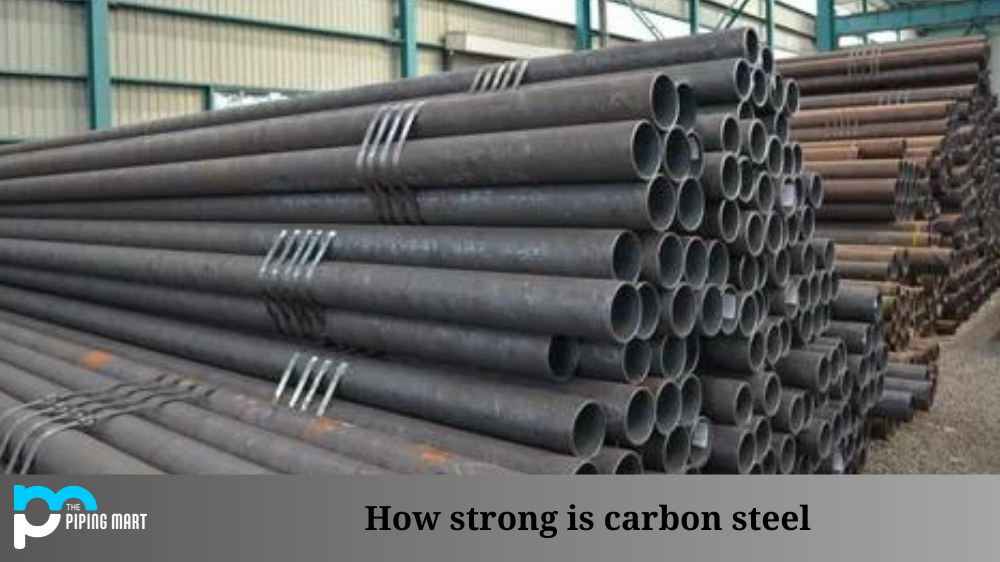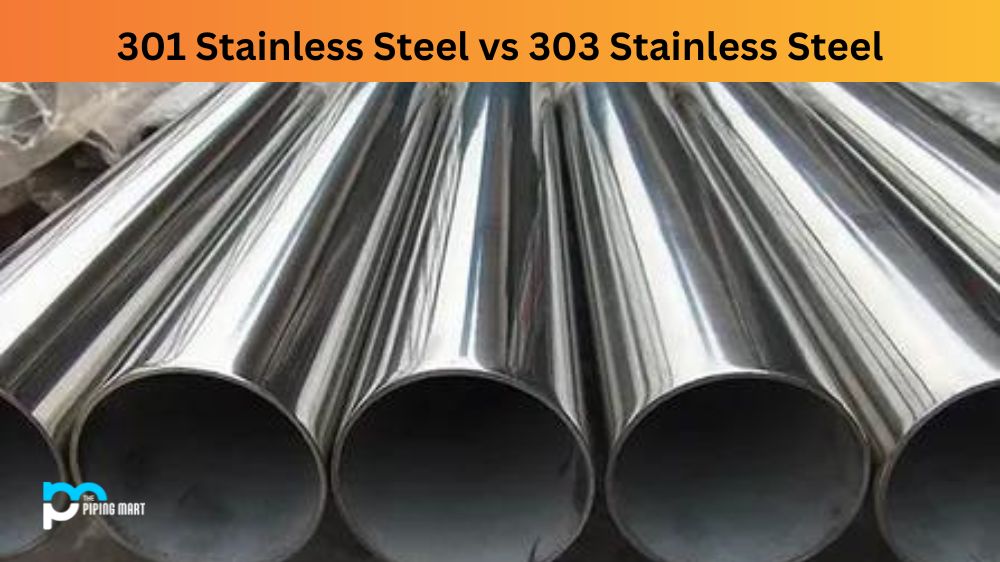Have you ever heard of something called “amphoteric nature”? It’s a term used to describe a substance that can act as either an acid or a base, depending on its environment. One example of this is aluminum—a metal with some truly remarkable properties. Let’s take a look at what makes aluminium so special.
Aluminium is one of the most versatile elements, due to its amphoteric nature. This means Aluminium is able to dissolve in both acids and bases and is therefore capable of reacting with them both. Aluminium’s ability to be reactive with a variety of substances makes it a key element in chemistry, and has led to medicinal, engineering, and other industrial applications. Aluminium’s amphoteric status allows chemists to create a range of different compounds – from water-soluble Aluminium salts for medical use, to industrial paints and coatings that are alkali-resistant. Aluminium’s versatility makes it an invaluable addition to laboratories around the world!
What Is Amphoterism?
First, let’s start by defining what amphoterism is. An amphoteric molecule is one that can react as both an acid and a base in different circumstances. This means that when exposed to different environments, the same molecule can become either acidic or basic – it all depends on the conditions.
How Does Aluminium Exhibit Amphoterism?
When exposed to other elements, aluminium has the ability to react as either an acid or a base. For example, when exposed to water, aluminium forms hydroxide ions and becomes basic; when exposed to carbon dioxide, however, it forms hydrogen ions and becomes acidic. This makes aluminium incredibly versatile and able to interact with many other substances in multiple ways.
Why Is Aluminium’s Amphoteric Nature Important?
Aluminum’s amphoteric nature allows it to be used for a variety of applications and products, such as aluminum oxide (Al2O3) for glassmaking; aluminum chloride for water treatment; aluminum sulfate for dyeing fabrics; and aluminum nitrate for fertilizer production. It also helps explain why aluminum is so corrosion-resistant – because it is able to quickly react with oxygen in the air and form an oxide layer that acts as a barrier against further corrosion. Additionally, its amphoteric nature allows it to form strong bonds with other molecules, which makes it ideal for use in construction materials like window frames and doors. Lastly, its ability to act as either an acid or a base means it has numerous industrial uses across many industries, such as food processing and pharmaceuticals.
Conclusion
All in all, aluminium’s amphoteric nature makes it incredibly versatile and useful in many different contexts. Its ability to act both as an acid or base gives it unique properties that make it ideal for use in everything from construction materials to food processing equipment—proving once again why this metal is so invaluable! It’s no wonder why aluminium continues to be one of the most popular metals used today!

Abhishek is a seasoned blogger and industry expert, sharing his insights and knowledge on various topics. With his research, Abhishek offers valuable insights and tips for professionals and enthusiasts. Follow him for expert advice on the latest trends and developments in the metal industry.




